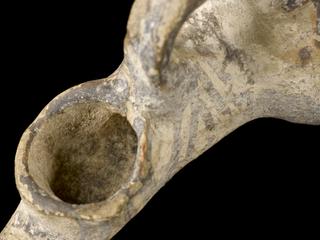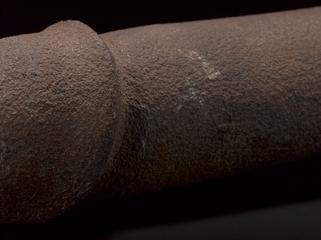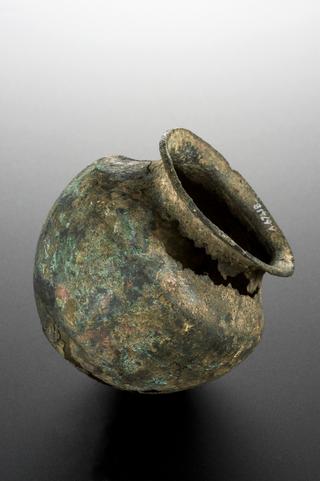




Wooden statue depicting an emaciated figure suffering from plague lying on the ground surrounded by a frog and a lizard possibly 17th century
Depicted on the statue is an emaciated plague sufferer lying on the ground surrounded by a frog and a lizard. The wooden carving is thought to have been made during the 1600s when Europe suffered devastating outbreaks of bubonic plague. In 1665, over 100,000 may have died of the disease in London alone.
The most common manifestation of the disease was bubonic plague. This was spread by fleas carried by rodents. It spread swiftly in densely populated towns. The fleas became infected after sucking on the rat’s blood and then they spread the disease to humans. Symptoms included nausea, pain, delirium, high fever and the painful swollen boils (buboes) which give the disease its name. Sporadic plague outbreaks still occur. If contracted, it is treatable with drugs. The disease is now prevented with vaccinations.
Details
- Category:
- Classical & Medieval Medicine
- Collection:
- Sir Henry Wellcome's Museum Collection
- Object Number:
- A129134
- Materials:
- wood
- Measurements:
-
overall: 38 mm x 177 mm x 57 mm, .096 kg
- credit:
- Kammerer, F.




